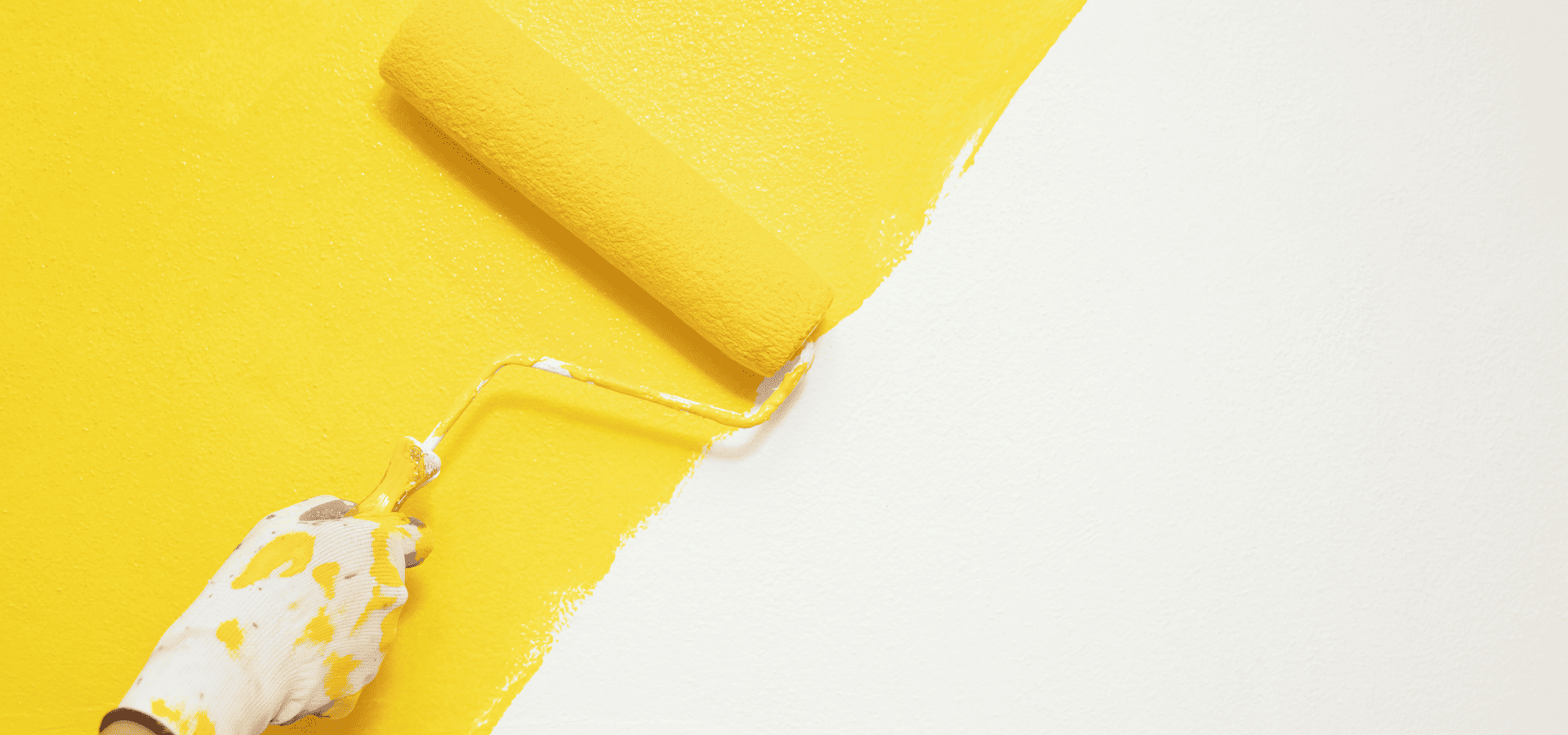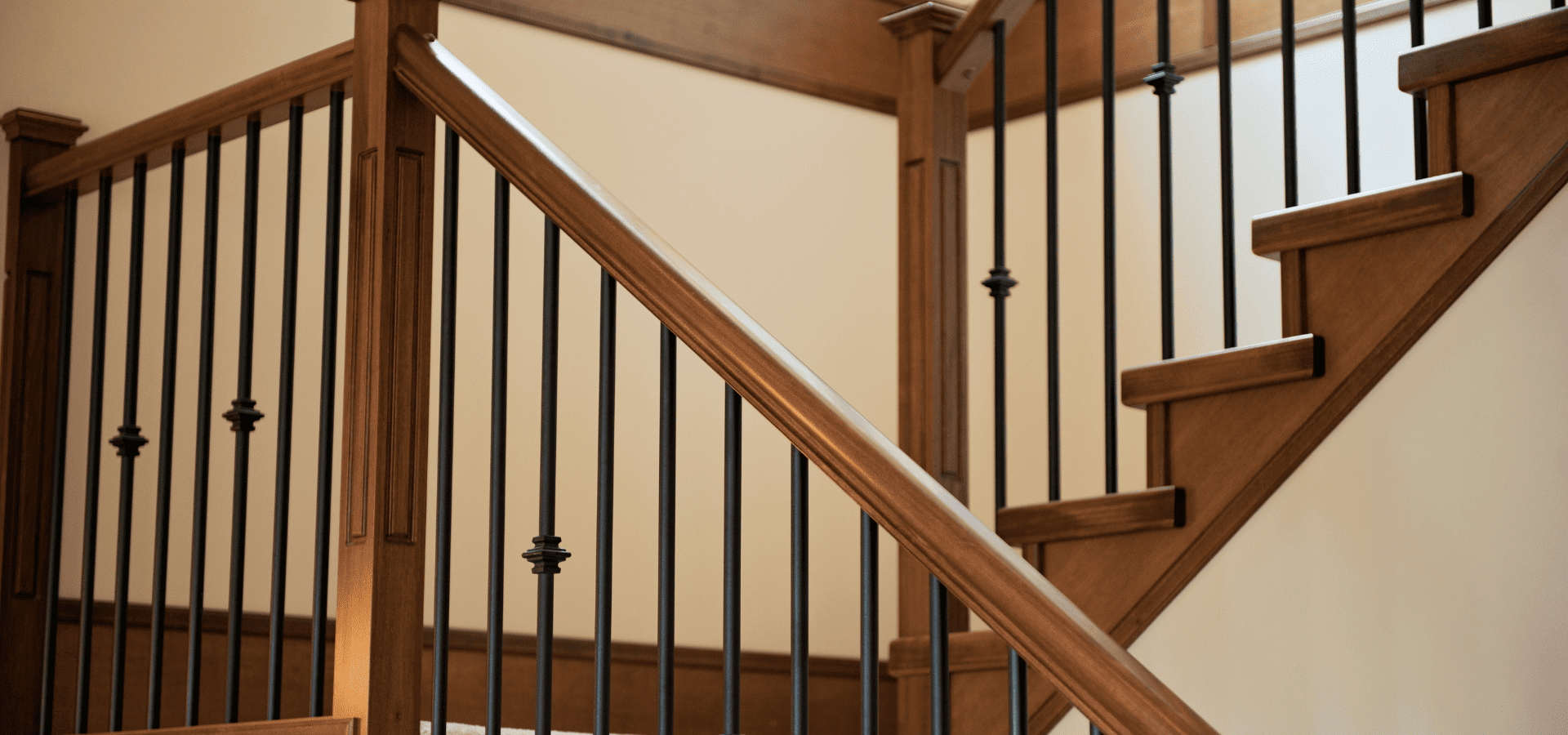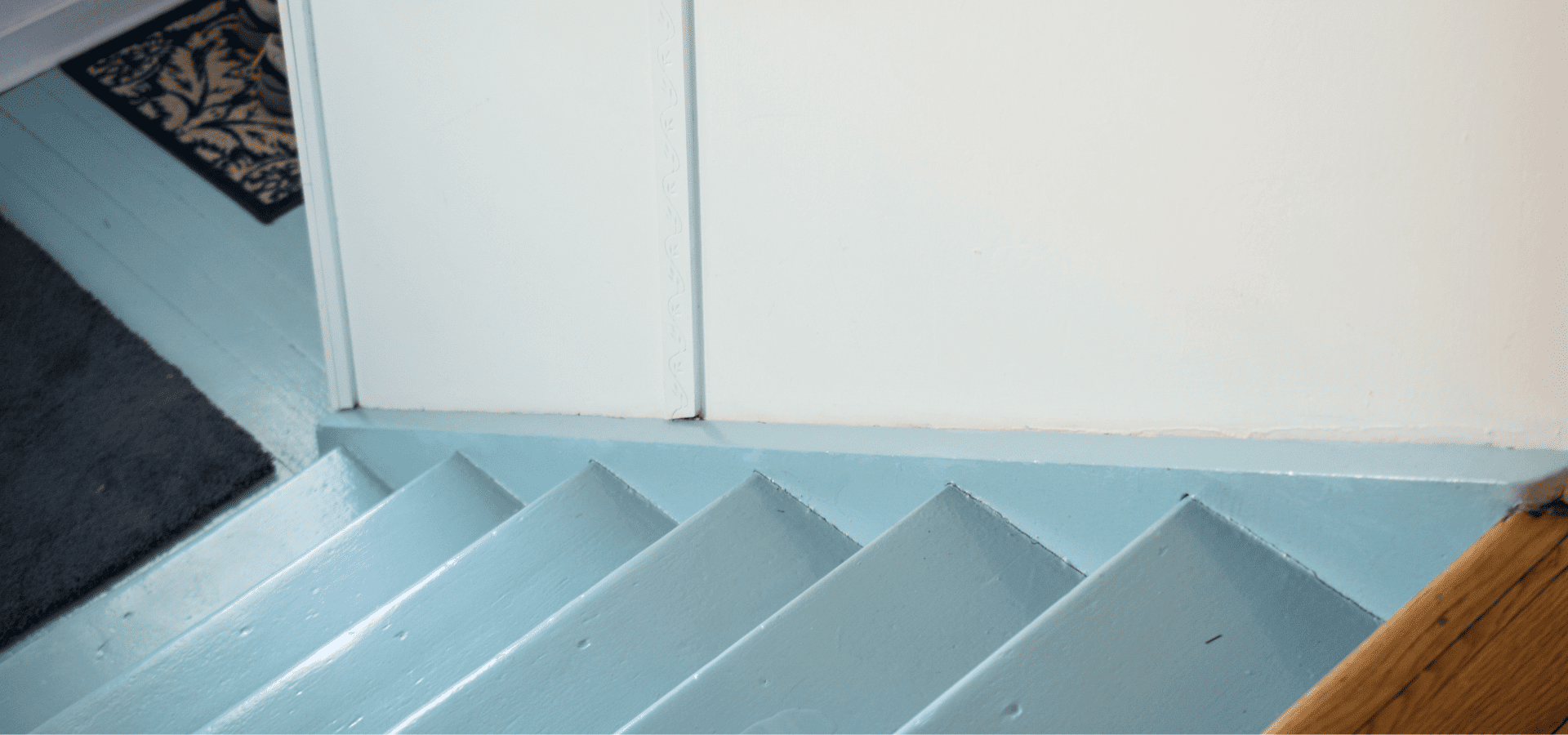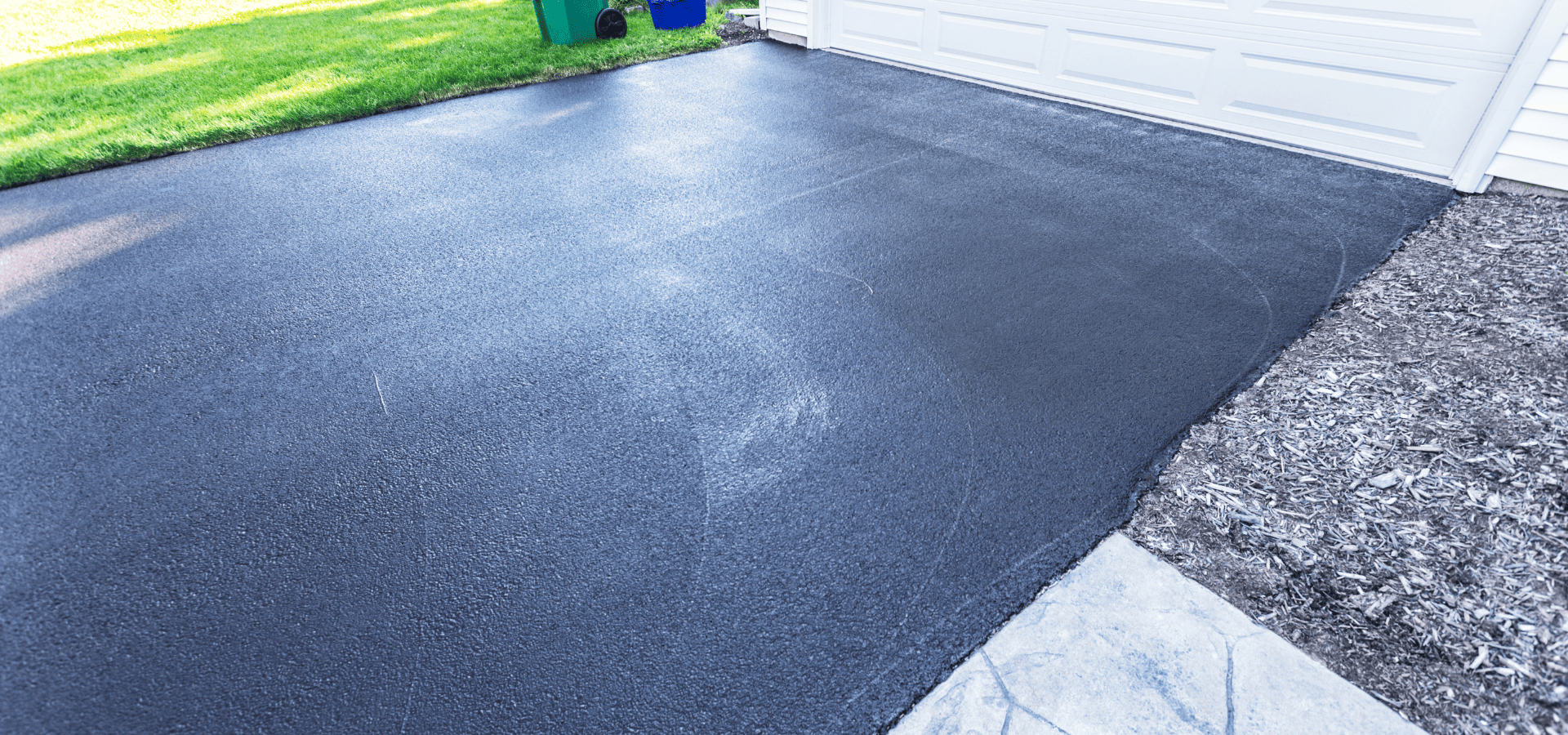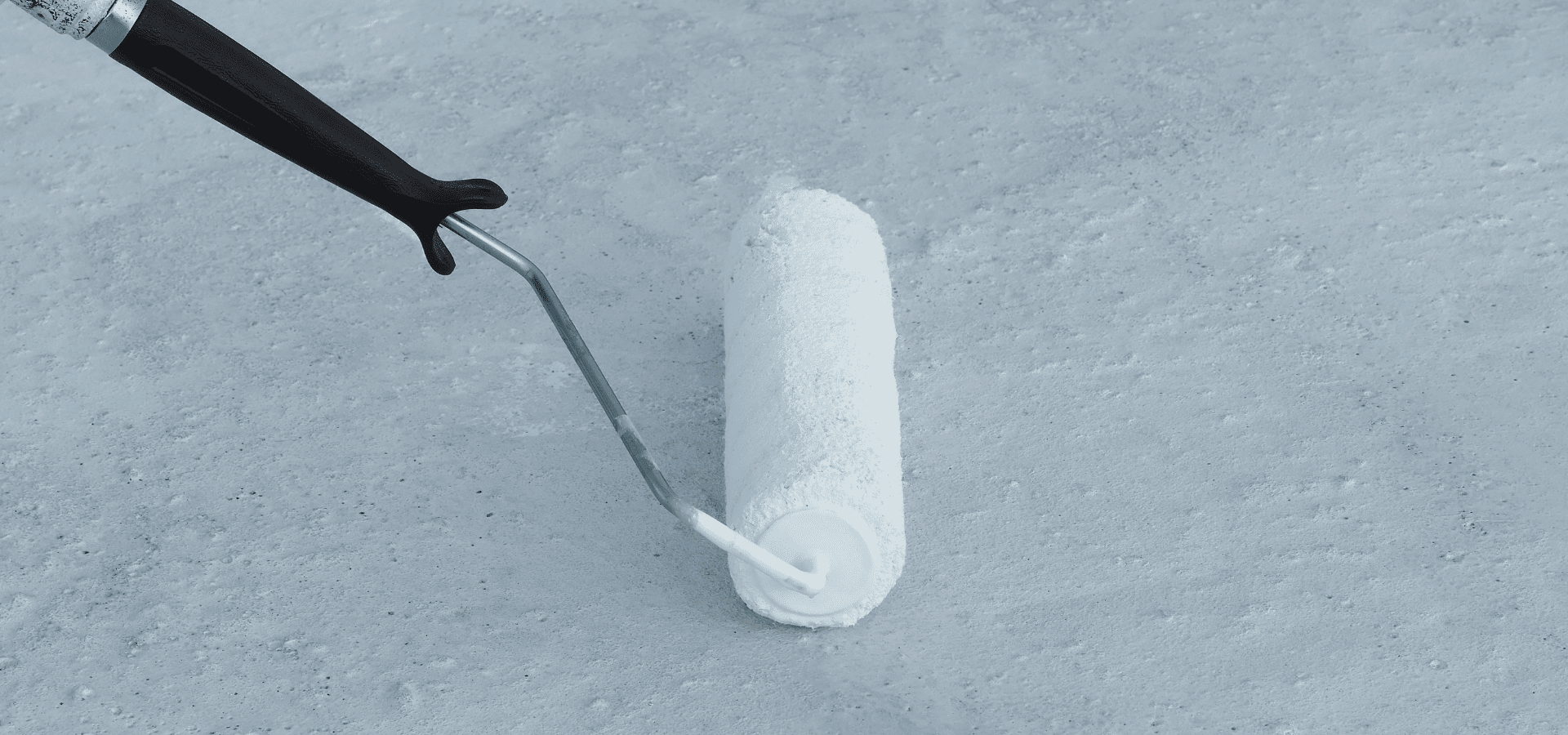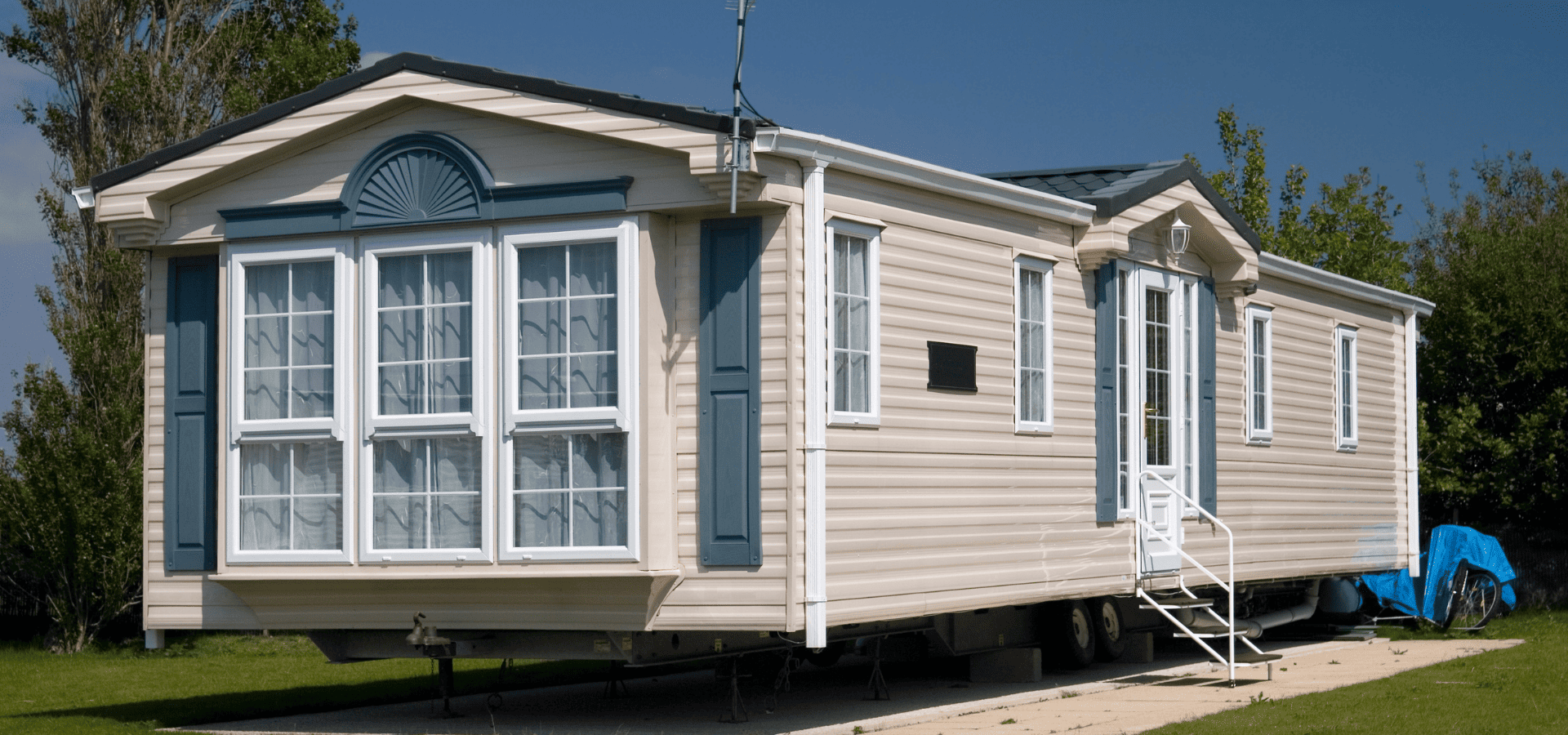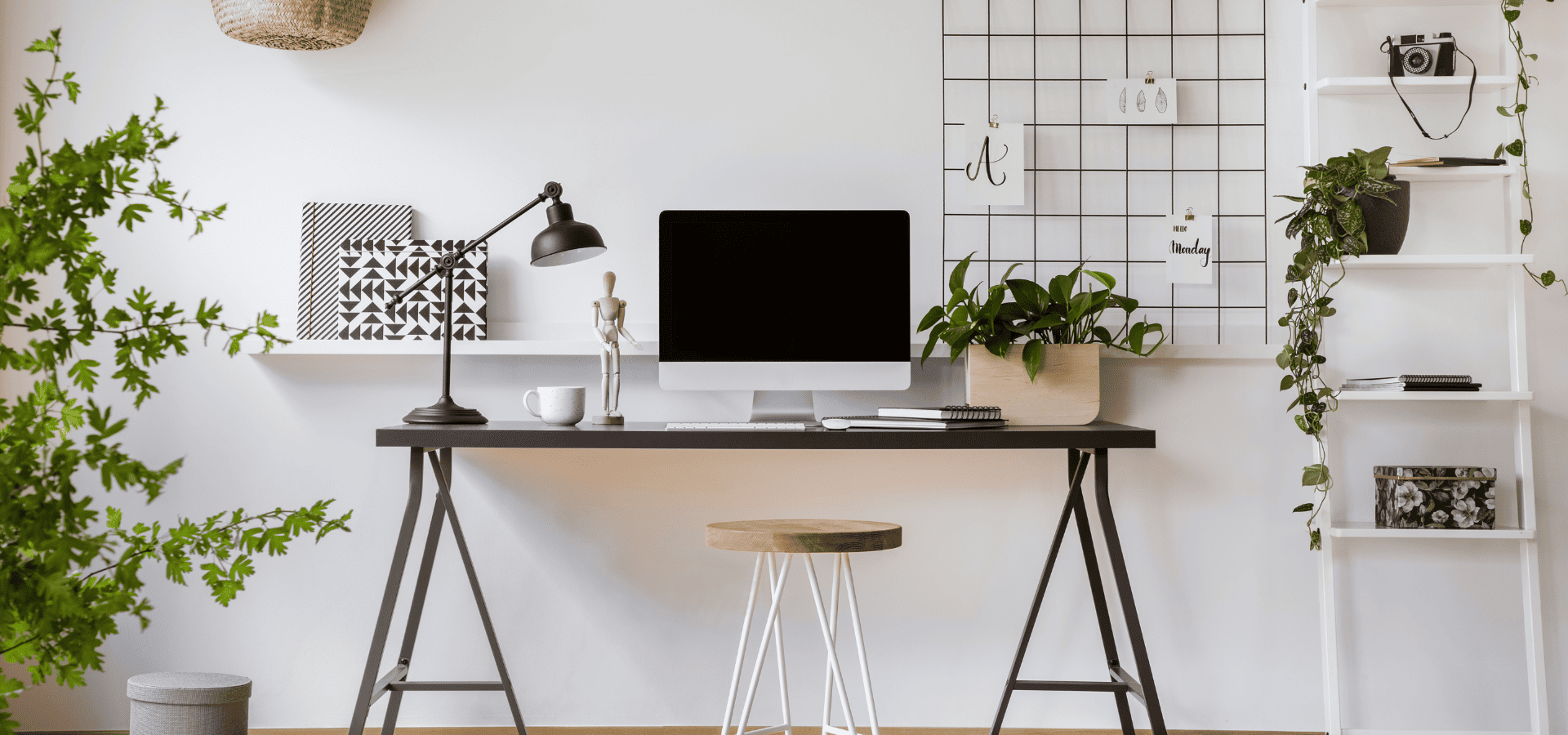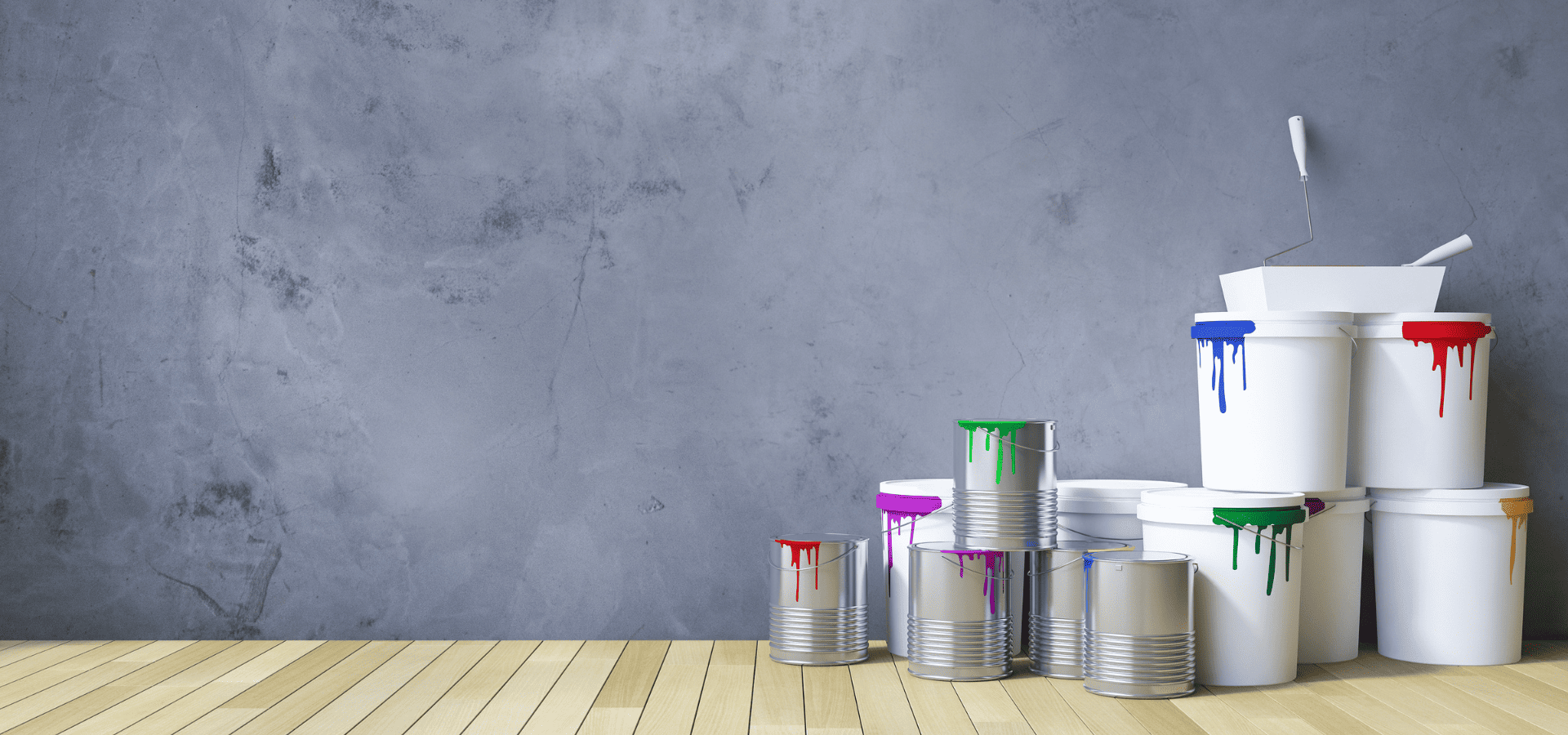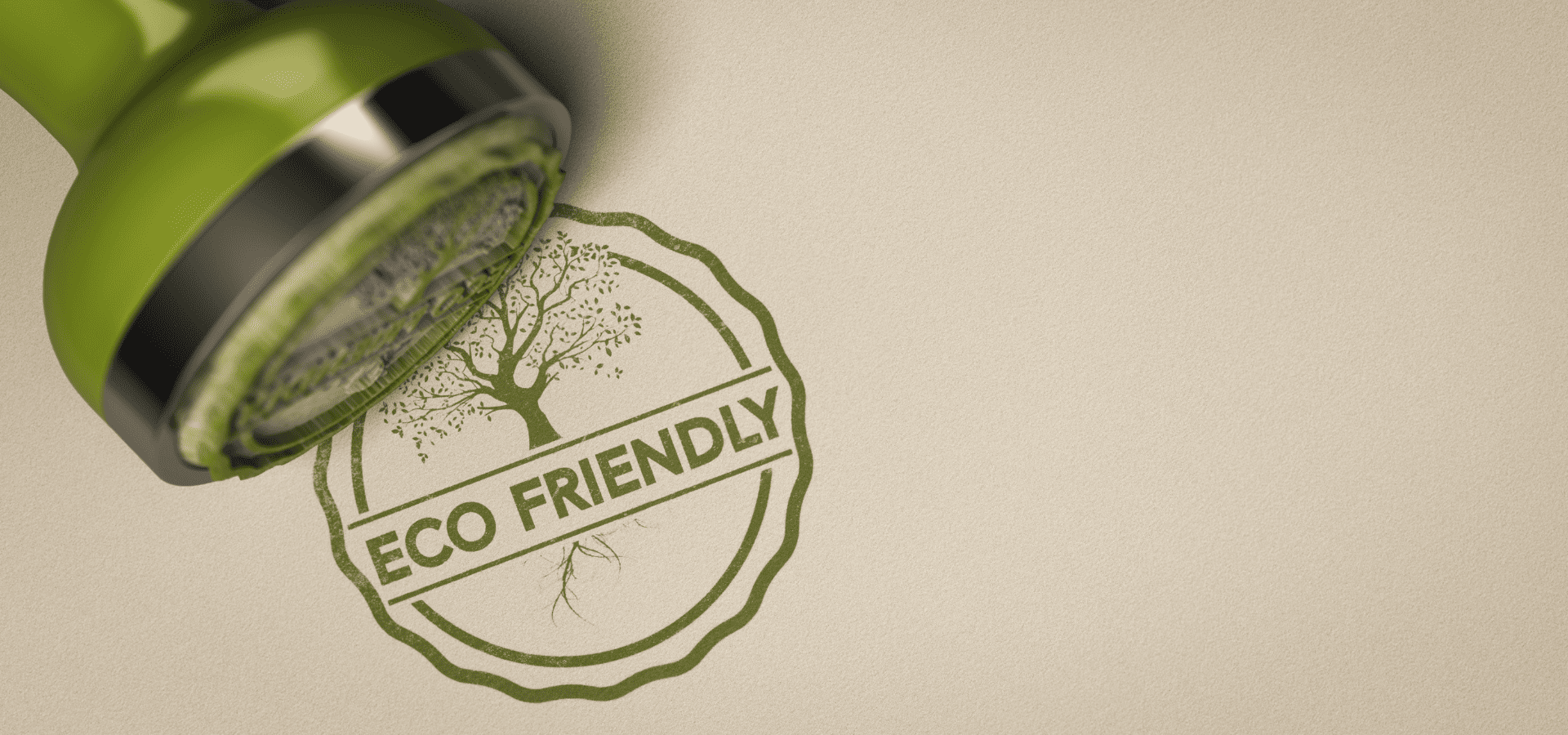Spray Painting vs Rolling: Which One Should You Choose?

At first glance, using a paint sprayer seems like a much easier way to get your house painted than rolling. You just spray over the areas that need to be covered like spraying a hose, and voila, you now have an evenly covered, smoothly painted wall.
No need to go through hours of rolling, and no need to make sure that you maintain consistent pressure and cover every spot on the surface evenly with your roller.
However, in reality, it’s a bit more nuanced than that.
Spraying is undoubtedly a much faster and more efficient way to go about painting your home. But while it sounds straightforward, spraying paint is a longer and trickier process than most homeowners realize.
It comes with its fair share of additional steps and demands, which you need to be aware of before you go out and purchase a paint sprayer and start spraying your walls.
Now, we’re not saying don’t spray paint your home. In fact, there are various situations in which you should definitely be spray painting instead of rolling.
The key is to know when to spray paint and when to roll.
Both spray painting and rolling have their pros and cons, and in this article, we’ll be breaking them down for you, as well as going over when to use each paint application method.
What Is Spray Painting?
Spray painting works by atomizing paint into fine droplets, so that when you spray the paint, it comes out as mist.
When done right, it not only allows you to cover large areas quickly, but also uniformly, and it gives you a smooth, professional-looking finish.
The downside is that it requires much more preparation, and the technique is harder to learn than rolling. Without the right technique, you could easily end up with ugly streaks or even have to redo the entire paint job.
As such, while spray painting can be faster, its speed also means that it’s harder to control, and when things go wrong, they can go downhill fast.
What Is Rolling?
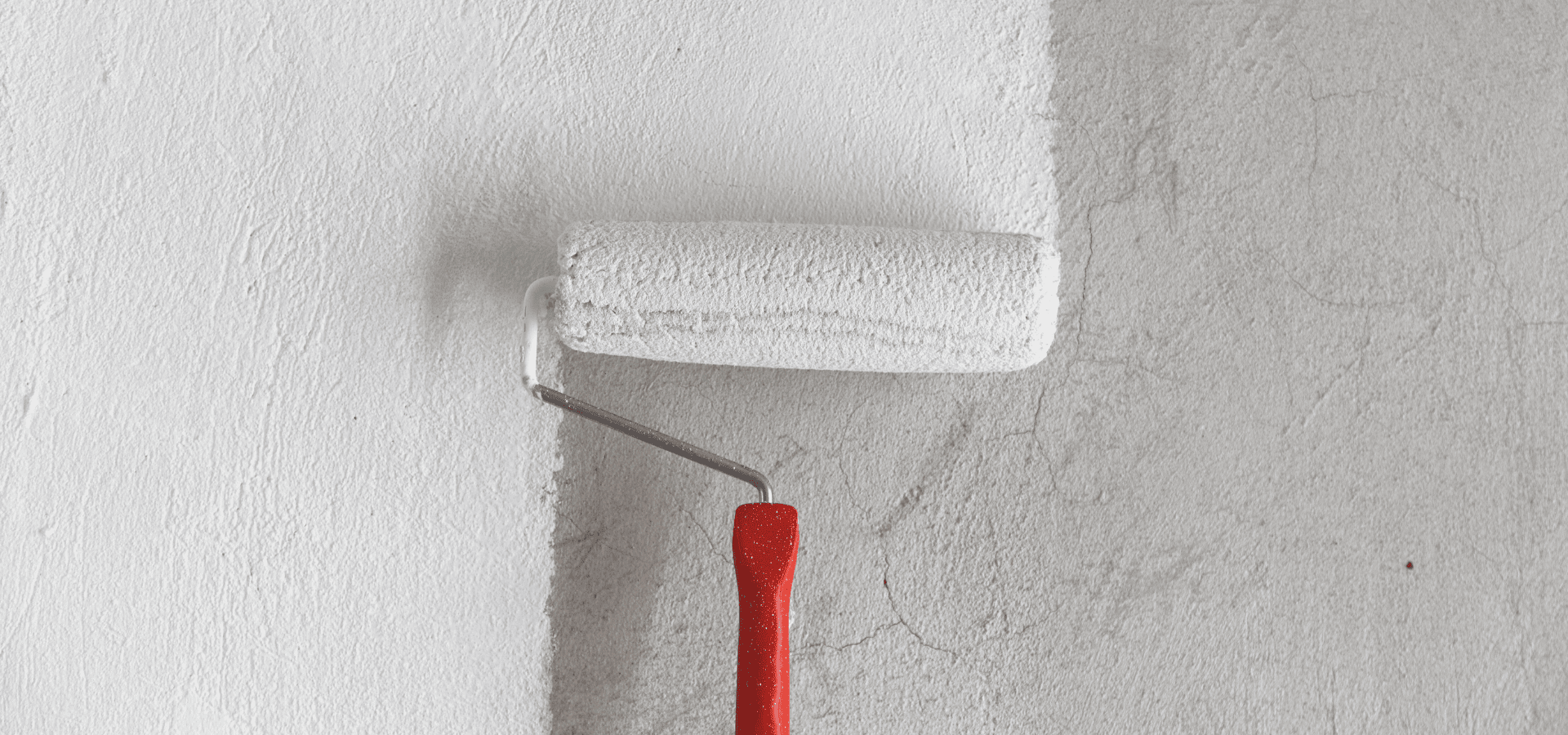
This shouldn’t require much explanation — rolling is the most commonly used method for painting interior home walls.
It’s faster than using a brush, and with the right technique, you’ll have a smooth, uniform finish.
The preparation for rolling isn’t as extensive as for spray painting, and rolling is much more forgiving of mistakes.
Furthermore, it’s more budget-friendly, both for the equipment and for when you need to remedy any mistakes.
Rolling is definitely going to be slower than spraying, but most of the time, for smaller enclosed spaces, it’s much more practical and wallet-friendly. You also won’t be spending too much additional time as compared to spraying.
With that said, let’s dive into detailed comparisons of spraying vs rolling across key areas, so that you get the full picture and you’ll know exactly when to use each one for your particular use case.
Spraying Paint vs Rolling: Key Differences
Here’s how spraying and rolling match up in key aspects.
1. Cost
Money is often the first and most important consideration, so let’s start with cost.
Between spraying and rolling, the cost savings are actually pretty substantial.
To spray paint, you’ll need to either purchase the sprayer or rent one. The cost of a sprayer is between $200-400 for a decent model, so if you’re only using it for a single project, you’re probably going to want to rent instead, which can be anywhere from $50-100 per day.
Then, you have your respirator mask, your eye goggles, and either coveralls or a spray suit. These are going to cost you an additional $75-100 at the very least.
In comparison, for rolling, a good roller kit is usually just $20-50, and other add-ons, like painter’s tape and the drop cloth, are minimal expenses.
So between the two, spraying is going to be much more expensive. For the equipment alone, you’re looking at roughly an additional $100, and that’s if you’re renting the sprayer instead of purchasing your own set.
You’ll also have to factor in that spraying uses 20-50% more paint on average than rolling, mainly because of overspray loss and the fact that it’s harder to get just the right thickness, so people usually end up applying a thicker layer than with rolling.
For a typical 12 x 12 ft room, the cost of primer and paint for rolling is between $50 and $200. 20-50% more of that is approximately $20-100 more.
So overall, spraying is going to cost an additional $100 to $200 than rolling for a standard 12 x 12 ft room. And if you’re painting a larger room, that figure only gets bigger.
2. Speed
There’s no question that spraying is much quicker than rolling, but that doesn’t always mean you’ll finish your painting project quicker with spraying than with rolling, or that the time savings will be worth it.
Depending on the size of your space and the amount of masking you need to do, when you’re spraying paint, the masking alone can take you anywhere from 45 minutes to more than 2 hours.
Setting up the sprayer will also take you another 15-30 minutes.
In comparison, for rolling, the amount of time it takes to tape the edges is usually just 10-20 minutes, and set-up is minimal.
Adding all these up, in total, before you even start painting, spraying takes an additional 45 minutes to 2 hours of preparation.
Then, for the actual painting, rolling usually takes 2-4 hours for two coats, while spraying takes half an hour to an hour.
So time-wise, when you add up the preparation and painting time, you’re really only saving an hour or two with spraying for an average-sized room. And if it’s a small area, say, just one side of your room’s walls, then you may be able to finish the project even faster with rolling than spraying.
Also, like we mentioned above, you’re going to have to spend roughly $100-200 extra for a standard room if you choose to spray instead of roll. That means you’re paying $100-200 to save 1-2 hours of your time.
For most homeowners, that little bit of time saved just isn’t going to be worth an additional 100-200 bucks, not to mention the steep learning curve to pick up the spraying technique.
This is why both homeowners and pros will often rather stick with rolling if it’s a small area.
Of course, the time savings do grow as you paint larger areas, so the larger the area you’re painting, the more it makes sense to spray paint instead of rolling.
3. Paint Type
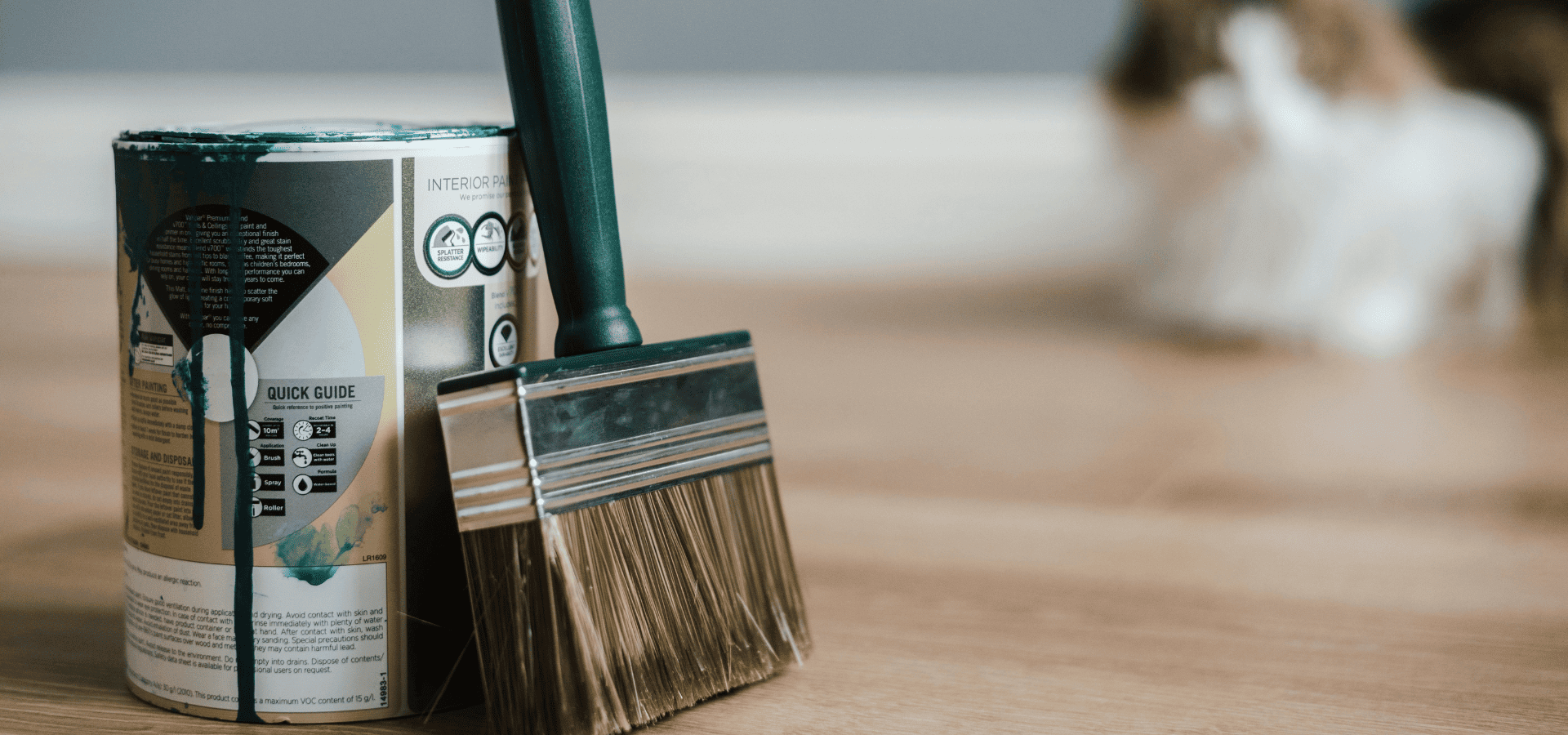
You won’t need special paint for spraying, but regular paint in its normal form won’t do, as it’s too thick for the sprayer to spray properly.
As such, you’ll need to thin it down a bit with a paint conditioner. You can also use water, but water dilutes paint and won’t help with flow and leveling like paint conditioner does.
Paint conditioner is an additional cost, but it’s a small one, usually just $10-20. Just remember to add it to your paint if you’re spraying.
4. Safety Concerns
With rolling, the only safety concern you’ll have is the fumes and VOCs from the paint, which won’t be an issue as long as you choose high-quality interior paints.
With spraying though, you’ll actually need to wear respirators, googles, and ideally a full-body suit. The reason for this is that spraying paint atomizes the paint into microscopic droplets, which will be everywhere in the environment.
When you breathe them in, you’re basically putting paint droplets into your lungs, and they can get into your eyes too.
When this happens, you could experience headaches, dizziness, throat or lung irritation, and in more severe cases, long-term respiratory issues.
That’s why it’s crucial that you protect yourself from the paint droplets in the air when you spray paint.
5. Quality Of Finish
Rolling, even with perfect technique, is after all still a manual process, so it usually results in a slightly less smooth texture, with tiny dots on the surface.
This may not necessarily be a bad thing, as it can cover up minor imperfections, but if you’re after an ultra-smooth, flawless finish, consider spraying instead.
Spraying gives you a very smooth and even coat if done right, so if that matters to you, spraying might be the better option.
6. Interior vs Exterior Projects
Both rolling and spraying have their place in indoor and outdoor projects.
But when you’re spraying paint, to ensure it only goes onto the intended areas, the only way to do so is to cover up the rest of the unintended areas, a process known as masking.
That’s why if you’re only painting a small area, the hassle of having to mask off your surfaces and also wear protective gear just isn’t worth it, and you might even end up spending more time than if you had just rolled paint over instead of spraying.
So when you’re painting the interior of your home, you’ll generally want to roll instead of spraying.
Otherwise, you’d have to cover everything up except the area you’re painting. For instance, if you were spraying your interior walls, you’d have to mask off your flooring, your ceiling, and your furniture.
The only time when you’ll want to spray paint indoors is if the space is relatively empty with very minimal furniture, or when you’re painting most of the room, so you won’t have to cover much up.
This could be if your house has just been built and everything needs to be painted — the walls, ceilings, trim, doors, etc, or if you just don’t have much furniture.
Moving on to exterior surfaces, in many cases, it’s going to make more sense to spray than to roll. This includes your siding, fences, brick walls, garage doors, sheds, and so on.
It’s not always the case, but most outdoor surfaces tend to be larger, and there’s not much that needs to be masked off, unlike indoors where you have your furniture.
As such, it’s usually best to spray instead of rolling for exterior surfaces, unless it’s a small area or if windy conditions make it risky to spray paint, as strong winds can blow paint everywhere and cause a mess.
Having said that, you’ll still notice that many homeowners and even professional painters opt for rolling over spraying, and oftentimes, it’s simply because it’s cheaper or the technique is easier to master.
When To Spray Paint?

You should spray paint if:
- You’re painting large, open areas, eg exterior surfaces, basements, or empty interiors
- You want an ultra-smooth finish, such as for cabinets, doors, trim, or even regular walls
- You feel that the extra cost and setup needed are worth the time saved
- You’re confident of getting the spraying technique right
If you’re trying to finish the painting ASAP and you’re willing to pay more and spend more time on preparation, then spraying paint makes sense for you.
When To Roll?
You should roll if:
- The area you’re painting isn’t too large
- You have too much to mask off
- You’re on a budget
- You’re not confident of the spraying technique
Rolling may be slower, but depending on the size of the area you’re painting, it may not be slower by much. In addition, it may not always be practical to spray.
If you’re not confident of the spraying technique, on a budget, or there’s too much to mask off, you’re better off going with rolling.
When To Spray + Roll?
Professional painters sometimes combine both spraying and rolling for rough, porous surfaces, such as stucco or rough siding.
Just spraying alone may not ensure paint penetrates deep enough into porous surfaces, and just rolling alone might be too slow.
So professional house painters combine both, spraying first to quickly cover the area, and then rolling while the paint is still wet to push the paint in and help it adhere better, as well as cover the area more evenly.
Ending Tips
There isn’t a straightforward answer to when to spray or roll, because it really depends on how quickly you want the work done, what texture you want, and how much preparation and money you’re willing to spend.
Whichever paint application method you decide on, remember that it will take time and practice to get the technique right.
If you feel that it’s too much trouble to spend the time and effort to pick up the technique, you may want to engage
professional painters to carry out your painting project for you.
Pros may cost more, but you’re paying for their expertise, and in return, you save time, get quality results, and you can skip the hassle of trying to master the paint application technique yourself.
Recent Posts
